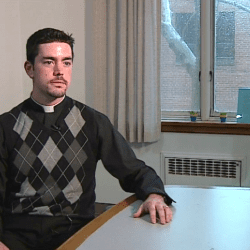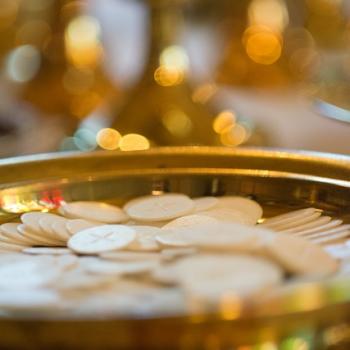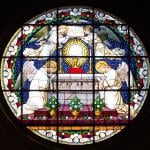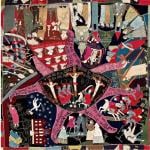With the issue of clerical dress and attitudes a hot topic, my blog neighbor Pat McNamara reminds us of this report from The Brooklyn Eagle in 1890:
In each parish there is a pastor and one, two or three assistants, according to the size and needs of the congregation. Mass has to be said every morning, beginning generally about 6 o’clock, sometimes twice on Sunday, with a sermon, Sunday school and vespers, after which, during the week, the sick have to be visited, the parish generally supervised, the schools looked after, children instructed, sermons prepared and, heaviest of all loads to the pastor, the debts of the church provided against…
…For all this work, continued year in and year out till he falls in harness, the priest receives the good will and love of his people and superiors, the approval of his own conscience, and no matter how long or successful his term of service a maximum salary of $1,000 a year— if the parish affords it. It must be admitted that the calling is not a very alluring one to those who love ease and fat returns.
A priest in the street must wear the distinctive dress of his calling. He cannot go to the theater, to horse races. He cannot sue anyone in a civil court for temporal affairs until all amicable resources are exhausted. If he brings matters of church discipline into a civil court he incurs a special excommunication which extends to all who aid or abet him. In their homes ecclesiastics wear a long coat reaching to the ground and called a cassock. For priests it is black, signifying that they are dead to the world.
Read it all. Fascinating stuff.











